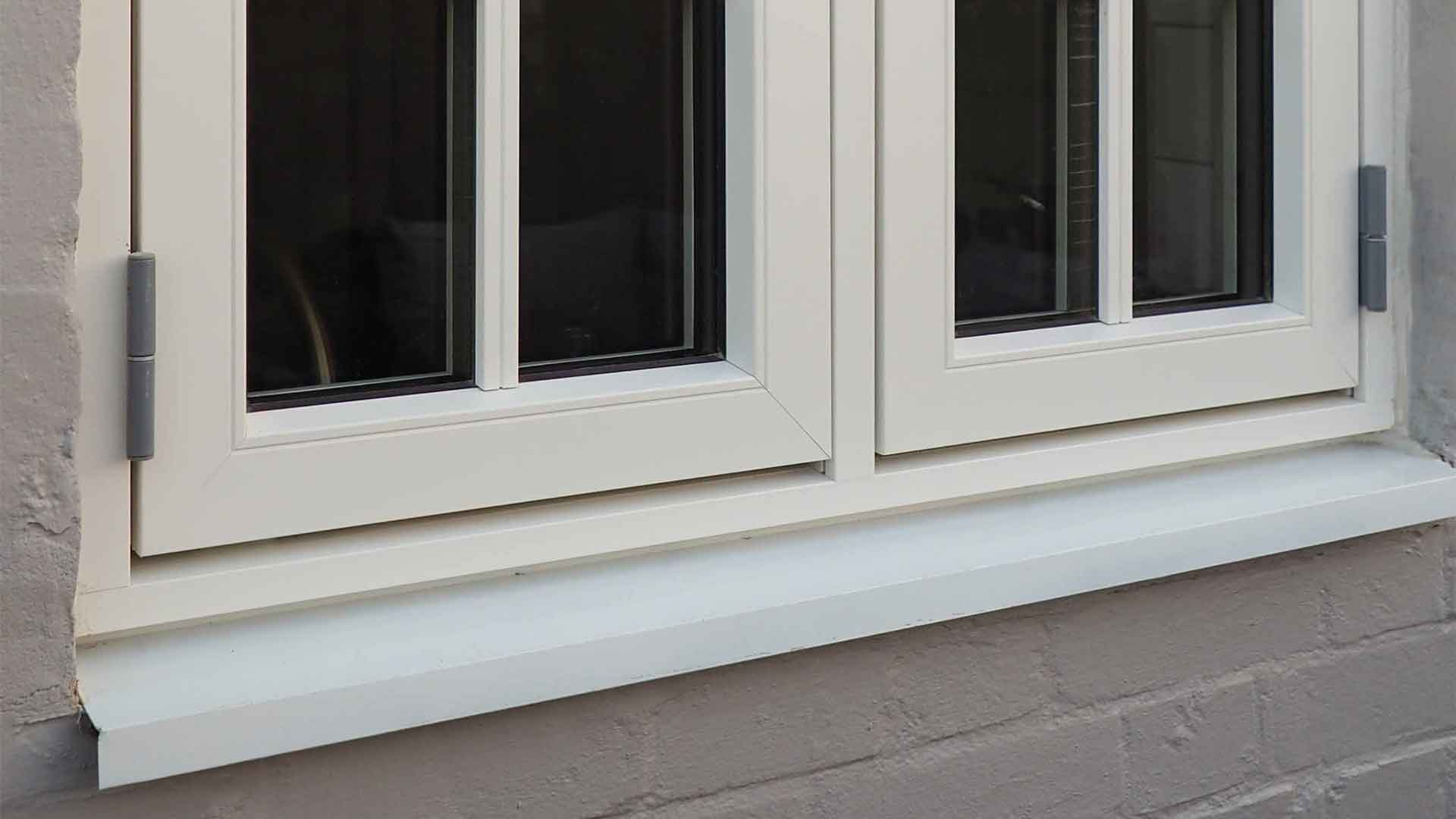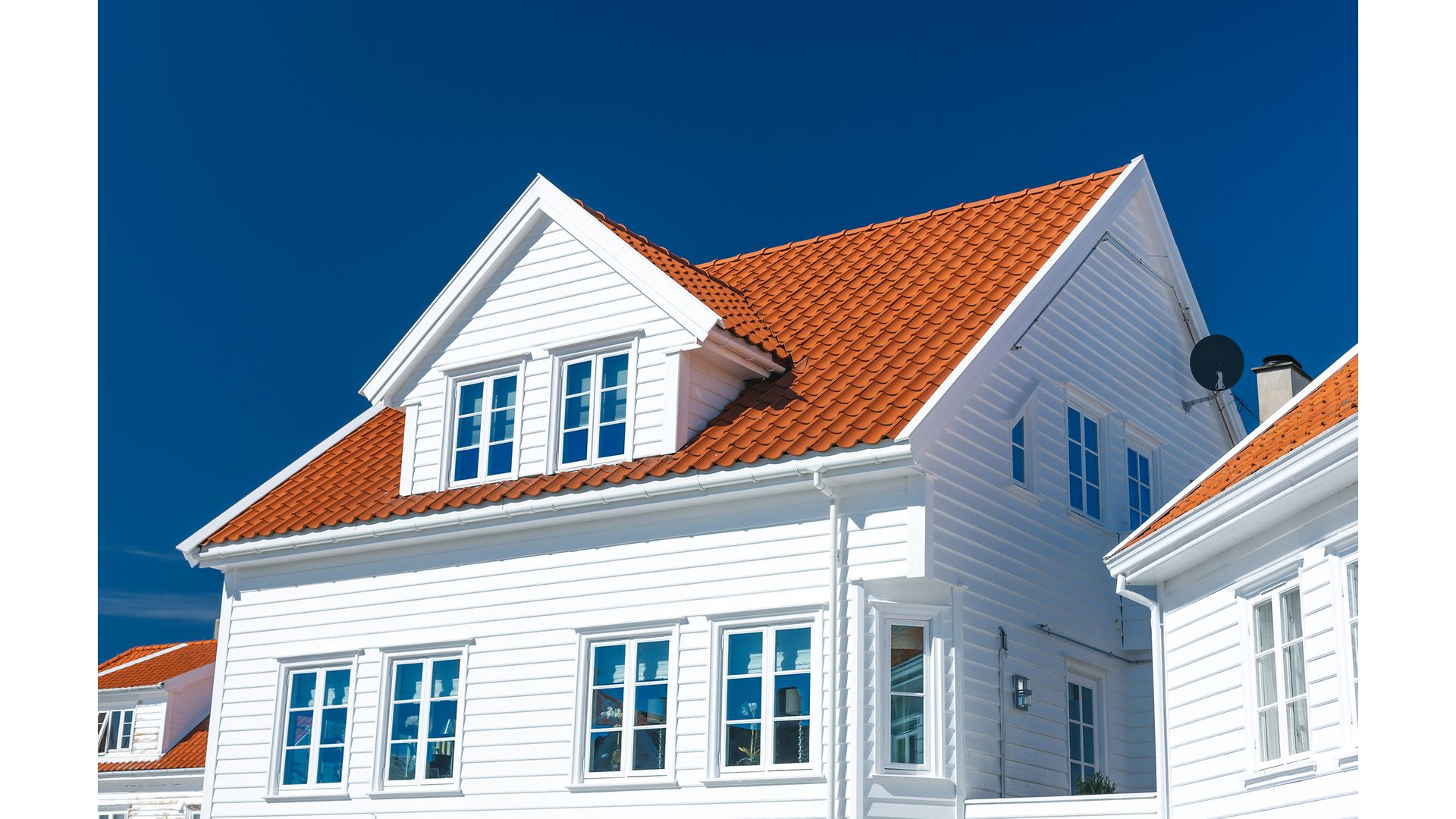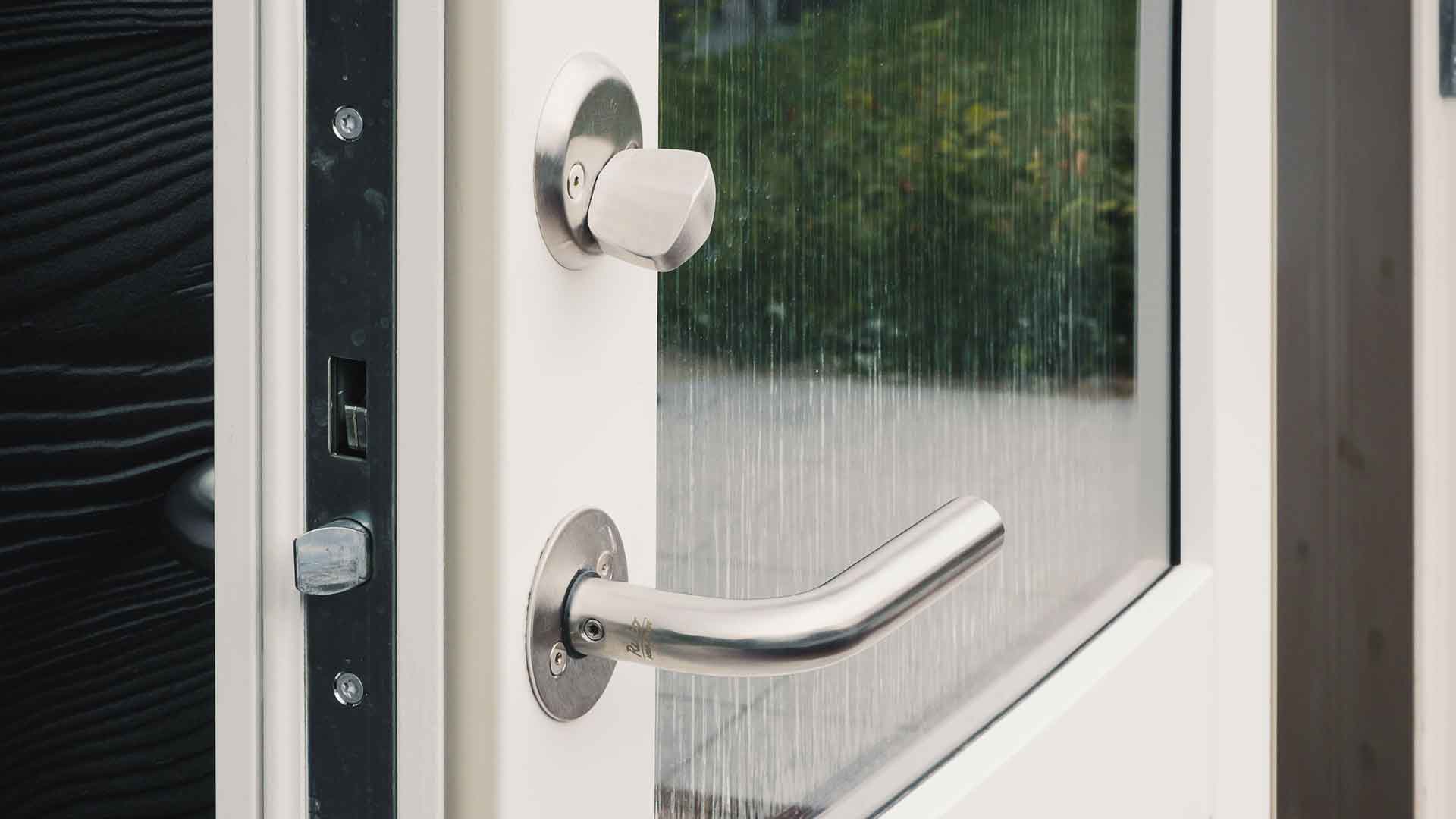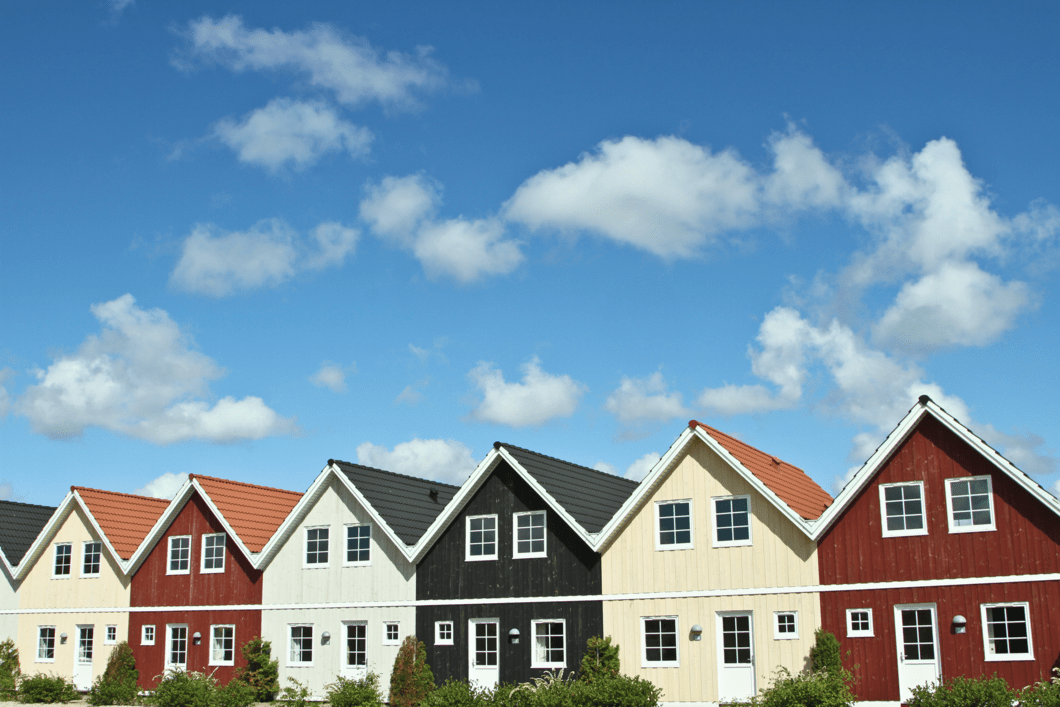
Which is Best: Aluminium/Aluclad vs. uPVC Windows
Table of content

Some of these terms may sound like a foreign language when you start investigating the different material types available for new windows. What are these strange acronyms and abbreviations? Aluminium/aluclad and uPVC are both words you should become familiar with as you research window options, as they might just provide the best solution for your unique home.
What are they exactly?
Aluminium is a lightweight, silvery metal that has been used in window manufacturing for many decades, but has grown in popularity with the increased interest in more ‘modern-looking’ homes. The term ‘aluclad’ refers to a timber window core ‘clad,’ or covered, in aluminium on the exterior, and are also called ‘composite’ windows.
uPVC stands for unplasticised polyvinyl chloride, an engineered plastic material in powder form that is heated and injected into moulds to form its shape. Once cooled, the solid uPVC can be cut to length and joined together for window assembly. The term ‘unplasticised’ refers to the lack of plasticisers in the material, making it more rigid when compared to standard PVC material.
Hopefully you now have a sense of the difference in material type between aluminium/aluclad vs. uPVC windows, so we can move on to compare their respective advantages and disadvantages.
1) Appearance
| Aluminium/Aluclad | uPVC |
|---|---|
| High-end, sleek | Simpler |
| Modern aesthetic | Synthetic look |
As mentioned, aluminium windows provide a sleek, contemporary look to a home, which makes them especially well-suited for more modern styles. The material is naturally strong, so it can accommodate larger spans of glass in a thinner frame than uPVC, allowing more natural light into your space.
Typically produced with a powder-coated finish, aluminium windows are available in many finishes and colours. Aluclad windows offer this same benefit, as aluminium is the outer coating on the surface. At Klar, we stick to the classics and the most popular options - white, black and anthracite grey.
In contrast, uPVC finish options can be more limited, though they have expanded beyond the basic white you are likely used to seeing. uPVC windows also tend to have a ‘cheaper,’ plastic look, which people may find less attractive and associate with lower quality.
2) Durability
| Aluminium/Aluclad | uPVC |
|---|---|
| 40-50 year lifespan | 10-35 year life expectancy |
Aluminium is an incredibly durable material, resistant to rust, rot, cracking and discolouration. With a powder coating protecting the surface from corrosion, these windows have some of the longest lifespan, often reaching upwards of 45 years. Surpassed in longevity only by wooden windows, aluclad windows offer the best of both worlds, providing the superior durability of both wood and aluminium.
uPVC windows, on the other hand, typically only last for a maximum of 30-35 years, so they will likely need periodic replacement. While similarly resistant to flaking, swelling and rust, uPVC can degrade and distort with prolonged exposure to high heat.
3) Maintenance
| Aluminium/Aluclad | uPVC |
|---|---|
| Wipe with a damp cloth | Wipe with a damp cloth |
In the maintenance category, aluminium and uPVC are just about equal in terms of needs, both requiring very little of the homeowner. A simple wipe down with a damp cloth and a bucket of water on a regular basis is enough to keep these types of windows looking sharp.
Of course, you should also perform periodic checks for functionality or defects, like any window, but overall, these materials, as well as aluclad, demand very minimal maintenance.
4) Energy Efficiency
| Aluminium/Aluclad | uPVC |
|---|---|
| Excellent with thermal break, alike wood | Highly insulating, insusceptible to air leaks |
uPVC has long been known as a highly insulating substance, and windows constructed in this material with multi-chambered frames offer excellent energy efficiency. uPVC windows keep heat in, cold draughts out, and are also effective at minimising noise pollution.
Aluminium on its own is conducive to heat transfer, potentially allowing heat loss and gain between areas. Recognising this, window manufacturers have built thermal breaks into the window frames, usually made of a substance called Aerogel.
Aluclad windows will naturally offer this barrier to heat transfer, with their timber core offering the superior thermal insulating properties of wood.
5) Price
| Aluminium/Aluclad | uPVC |
|---|---|
| Higher upfront cost | More budget-friendly |
Like wood, aluminium windows tend to be on the higher end of the price scale, requiring a greater initial financial investment than uPVC. The material and manufacturing costs are simply higher with aluminium and aluclad than uPVC.
However, given the longevity of aluminium-based products, this greater upfront cost may well be recouped over the long term, as uPVC windows will likely only last half as long as aluminium/aluclad, requiring replacement and reinvestment.
6) Security
| Aluminium/Aluclad | uPVC |
|---|---|
| Superior material strength | Steel core resistant to break-ins |
Aluminium, as a metal, is naturally stronger than uPVC, as a plastic. While uPVC windows are typically manufactured with a steel core for reinforcement, aluminium inherently provides excellent peace of mind when it comes to home security concerns.
Aluclad windows, like the ones from Klar, take advantage of the material strength of aluminium to prevent potential damage to wooden windows in a break-in attempt, allowing homeowners who opt for this choice to rest easy.
7) Environmental Impact
| Aluminium/Aluclad | uPVC |
|---|---|
| 100% and indefinitely recyclable | More energy required to produce |
“Aluminum is one of the most recycled – and recyclable – materials in use today. A recycled aluminum … window frame is often recycled directly back into itself. And this process can happen virtually infinitely,” according to The Aluminum Association. This is a powerful testament to the eco-friendly nature of aluminium as a material for your new windows. Aluclad windows combine both aluminium and wood, another natural, biodegradable resource, making them environmentally conscious choices as well.
uPVC, by contrast, is a highly processed material that is difficult to recycle and often ends up in a landfill. While non-toxic, it also requires a much higher amount of energy to produce, leaving a larger carbon footprint in its wake.
The outcome of the great debate between aluminium/aluclad vs. uPVC windows will be determined by your priorities as a homeowner, as you seek to balance appearance, durability, maintenance, energy efficiency, price, security and environmental impact. Aluminium-based windows have the edge when it comes to appearance, durability and environmental impact, but do come at a higher price than uPVC.
FAQs
Why is aluminium better than uPVC?
Aluminium outlasts uPVC by almost double where window life is concerned. This can outweigh the greater initial financial investment, as the need for replacement of uPVC windows will be more frequent. Most homeowners also find the look of aluminium or aluclad windows to be more attractive that plastic uPVC. Lastly, choosing aluminium allows for a nearly invisible carbon footprint given its recyclability.
What are the disadvantages of an aluminium framed window?
The disadvantages of an aluminium framed window are minimal. If your home is in a conservation area, it may be difficult to find aluminium styles that adhere to historic restrictions, but aluclad windows can often provide the more traditional look required along with all the benefits of aluminium. Similarly, aluclad windows will guarantee excellent thermal insulation, while you will need to ensure that aluminium windows are manufactured with another kind of thermal break to achieve optimal energy efficiency.



